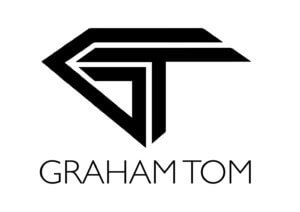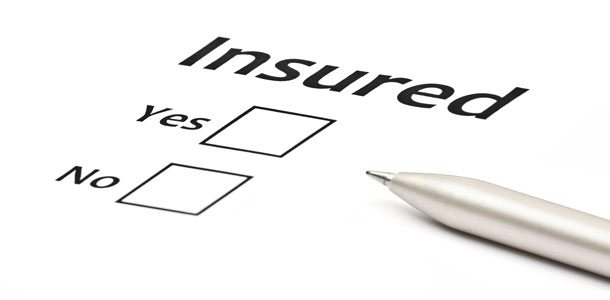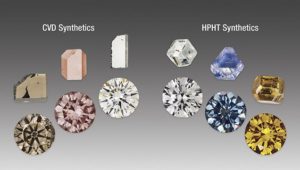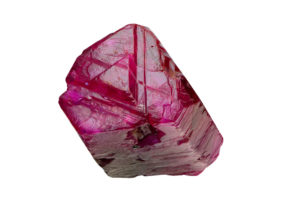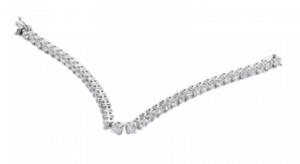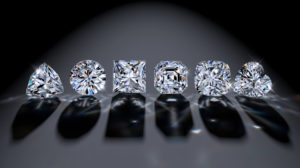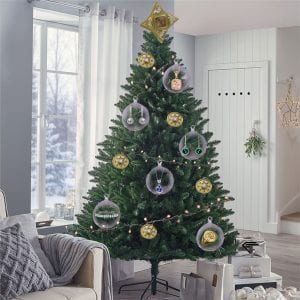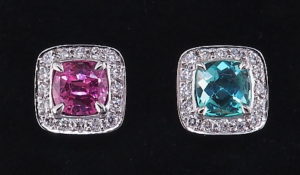When did you last value your jewellery? Is it properly insured?
You will doubtless have purchased jewellery for either bridal wear, a commitment piece to celebrate a milestone, a lifestyle purchase for occasional wear or may have some jewellery bequeathed by a close relative. I am sure you really love wearing your engagement and matching wedding rings and derive much pleasure from the occasional wear of your vintage pieces. What would happen if you mislaid your favourite piece of jewellery or had a treasured item of jewellery stolen? In short, you would hope that your item of jewellery would be properly insured.
You would be shocked to learn that most insurance companies do not pay out some claims in full because their clients have not had their jewellery valued properly. This can be to your detriment, especially for a sentimental piece of jewellery or more important for a bespoke piece of jewellery beautifully created with fine gemstones which will not be easy to replace. When I say items should be valued properly, every item of jewellery should be:
- Valued by a reputable valuer who is qualified and updated with valuation appraisal methodologies.
- Have a description of article, factual details, a value and a supportive digital photograph.
- Valued at least every three years because metal, gemstones and currency pricing fluctuate which can significantly impact on an updated value conclusion.
The benefits of an updated Valuation for Insurance by a qualified valuer are as follows:
- Your item will be valued at a true market value.
- Your valuation will establish proof of ownership in event of a claim.
- Your claim will be processed quickly.
- In event of theft of item, an opportunity exists to recover the piece.
What type of jewellery valuation would be appropriate for my piece of jewellery?
The type of valuation is dependent on its purpose. The majority of jewellery valuations are for insurance purposes but in addition to valuations for insurance there are other purposes which might also be appropriate, for:
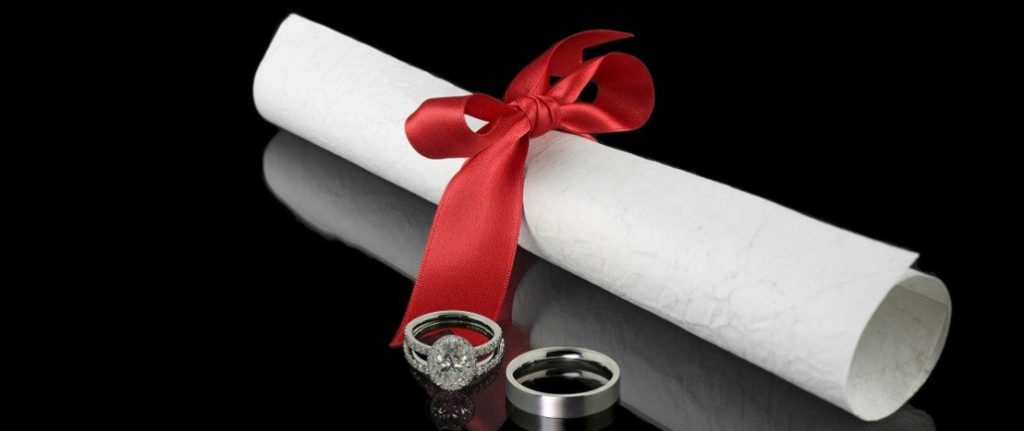
- Probate
- Divorce
- Private sale
- Loan valuation
Valuations for insurance employ a methodology to arrive at a value conclusion which differs from the above four purposes which use methodologies based on a term called open market valuation. There are several categories of value for purpose of insurance and the category most often used is New Replacement Value (NRV) which is the most popular type of category for modern jewellery. This category represents a value conclusion based on replacing an item of jewellery based on a UK jewellery retailer supplying an item of equivalent quality.
In addition to NRV, there are several other categories for insurance which include Antique Value, Second Hand Value, New For Old Value and Facsimile Value which are employed dependent on the style, brand and age of items of jewellery to be valued.
How will a valuer raise a valuation for insurance and how much do I have to pay for this service?
If you required a valuation for Insurance, a competent valuer would engage in dialogue with you to establish the most suitable category of value to suit your piece of jewellery and would ask for any previous supportive documentation such as valuations and certification of diamonds or gemstones. This is important as the final value conclusion may differ from factual details on documentation supplied.
A valuer will then initially check your items of property to be valued and will draw your attention to any issues with mounts such as damage to stones or a claw missing and then will issue you a receipt with a brief description of all articles and all items weighed. If a mount is damaged the valuer may suggest the item is repaired before valuing item. A valuer may not require taking in your items of property and could make notes while you wait dependent on number of items to be valued.
A valuer will then use the notes from meeting to research items to be valued and arrive at a value conclusion and within the Valuation schedule will detail the following factual information.
- Description of article.
- Assessed colour, clarity, dimensions and weight of all diamonds and gemstones.
- Assessed certificates correspond with diamonds and gemstones in mount.
- Confirmed hallmarkings.
- Confirmed mode of manufacture and style of mount.
- Digital photograph of item.
- How value conclusion was determined in a transmittal letter.
Cost
The cost of valuing any item of jewellery can vary considerably and in the past a valuer would charge an agreed percentage on total value conclusion. Today most valuers charge either on a hourly basis or raise a fee for a valuation report and charge per item of jewellery valued but this is all subject to the item of jewellery valued. For example, an item of property with significant provenance may take a longer time to reach a value conclusion based on extensive research of item.
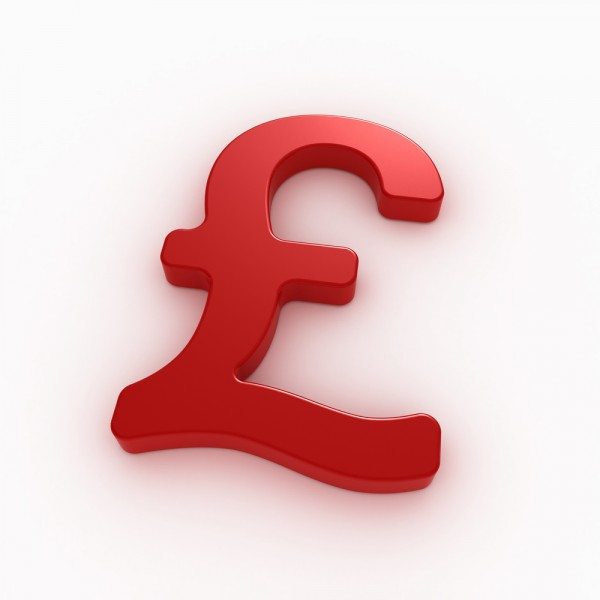
As an indicative guide, you can expect to pay following subject to agreement with valuer, all subject to VAT
- Report fee: £50 – £100
- £50 – £75 per item of property including gem set jewellery and watches but expect to pay upwards of £100+ for premium items including larger diamonds and gemstones set in jewellery and items with provenance.
- Discount for revaluation every three years.
- Lower fee for lower value items.
To summarise jewellery valuations, please do yourselves a big favour and make updating your jewellery valuations a priority and do not let old valuations gather dust as this could cost you dearly. A small price to pay for peace of mind!
